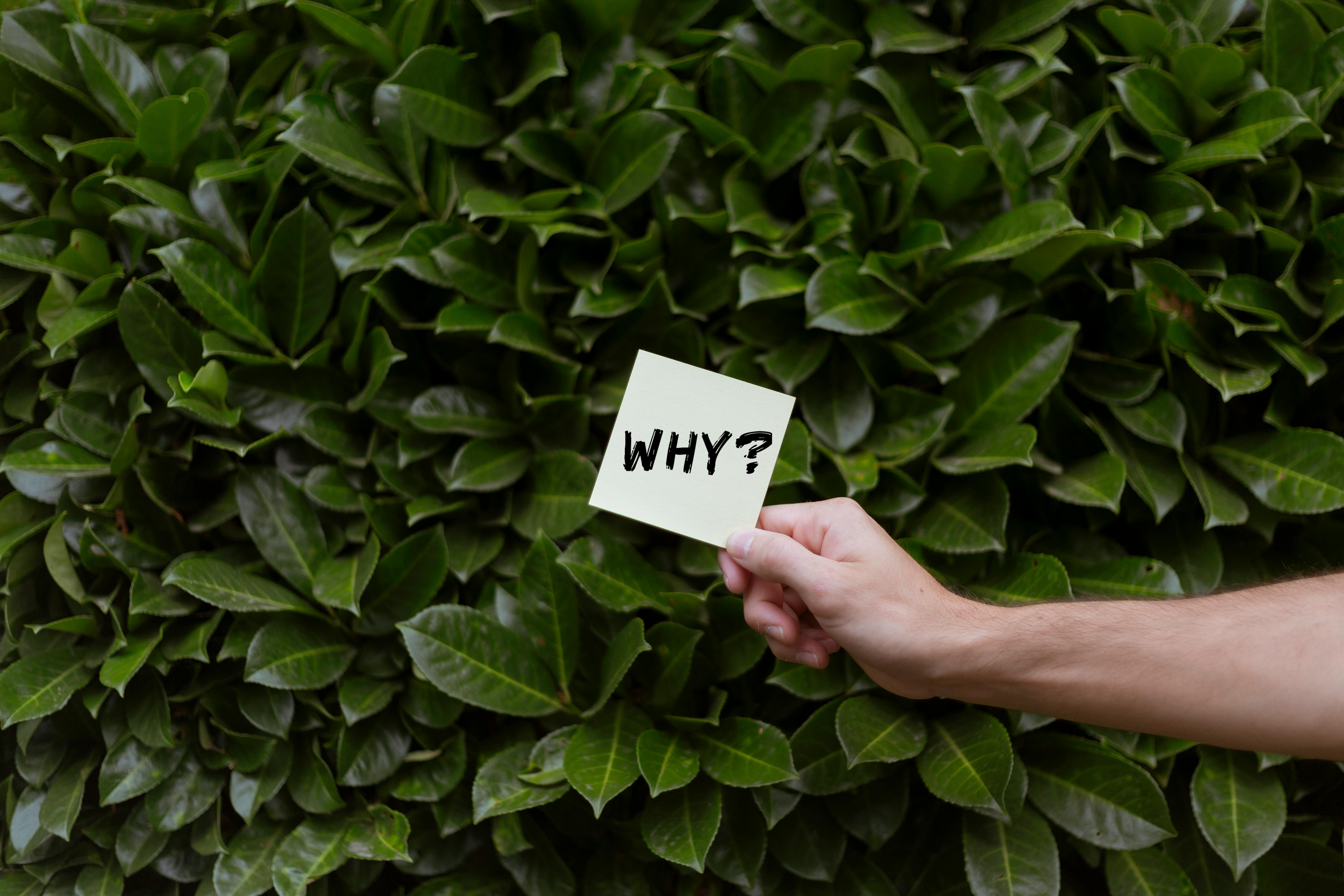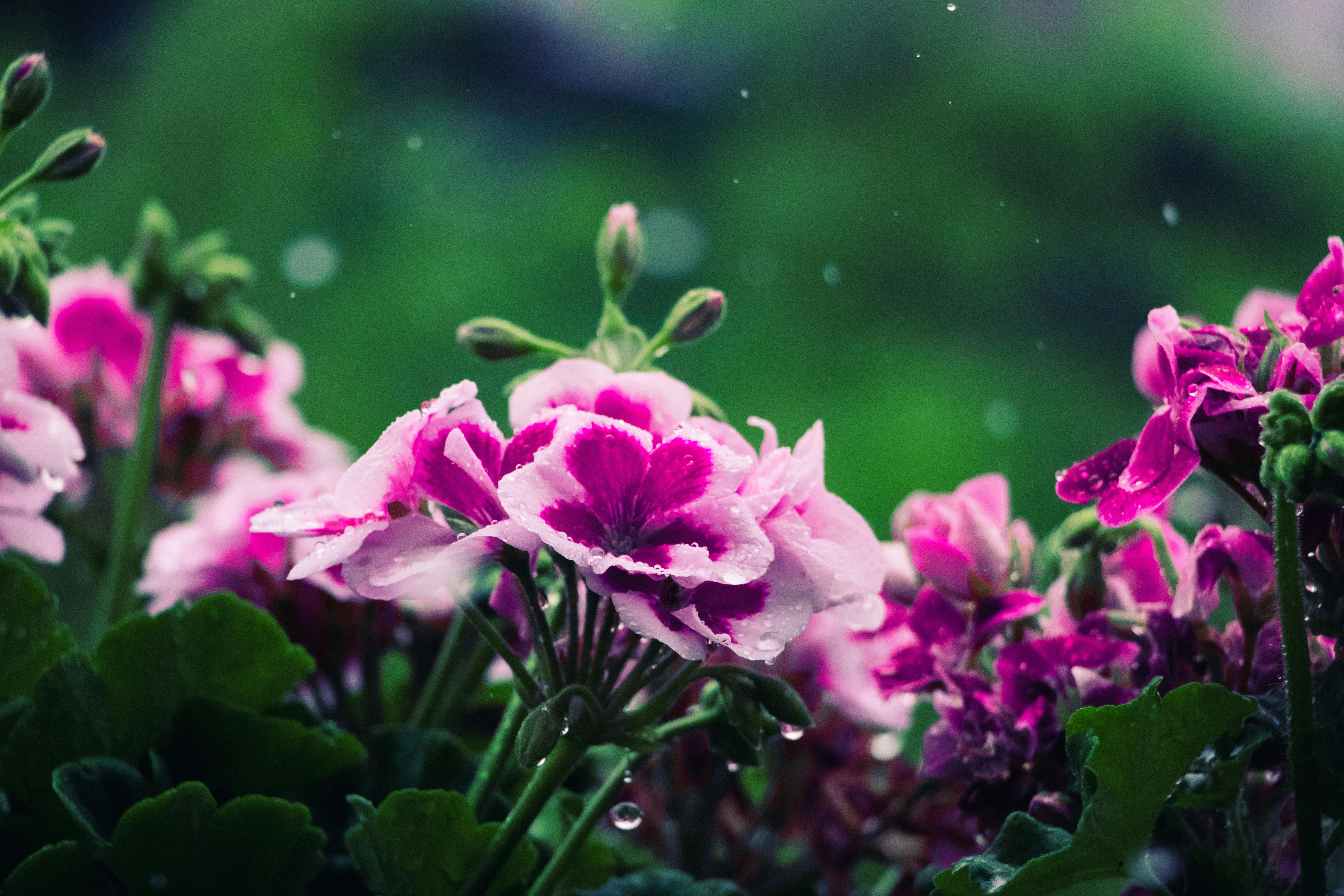If your jade plant’s leaves are falling off, this can be alarming. But don’t worry! There are a few common reasons why leaves may fall off of a jade plant, and fortunately, they can all be remedied. In this article, we’ll discuss the most likely causes of leaf drop on a jade plant and how to address the issue so that you can get your beloved plant back to health.
How to Help a Jade Plant That Is Losing Leaves
Jade plants are one of the most popular houseplants for their attractive foliage and easy care. However, like other houseplants, they can occasionally experience issues such as leaf loss. If you have a jade plant that is losing leaves, there are a few steps you can take to help.
Inspect the leaves that have fallen off of your jade plant. Look for signs of discoloration or pest infestations which could indicate an underlying problem with the plant’s health. If you notice any issues, it is important to address them quickly in order to prevent further damage.
Check the environment in which your jade plant is growing. Jade plants prefer bright light, but too much direct sunlight can cause leaf loss and other issues. Move your jade plant to a slightly less sunny spot if you think it may be getting too much light.
Make sure that your jade plant is getting adequate moisture and humidity levels for its needs. Too little water can cause leaves to drop from the plant, while too much water can lead to root rot and other problems. Test the soil regularly with a moisture meter and water only when necessary.
Fertilize your jade plant on a regular basis with a balanced fertilizer specifically designed for succulents or cacti. This will provide the necessary nutrients that help keep the plant healthy and strong, encouraging new growth and preventing further leaf loss.
Finally, prune back any dead or damaged branches or stems from your jade plant to encourage new growth and prevent further damage from spreading throughout the entire plant. By following these steps, you should be able to help your jade plant recover from its leaf loss issue and restore its health in no time!
Reasons for Leaf Drop in Jade Plants
Jade plants are popular houseplants due to their attractive foliage and easy care. Despite their hardy nature, jade plants can suffer from leaf drop when they are not given the proper care. Common causes of leaf drop in jade plants include improper watering, nutrient deficiency, temperature extremes, or pests.
Improper Watering is one of the most common causes of leaf drop in jade plants. Jade plants prefer to dry out between waterings, so overwatering can cause the leaves to yellow and drop off. On the other hand, underwatering can also cause leaf drop as the plant becomes stressed from lack of moisture. To prevent this, it is important to water your jade plant only when the soil has dried out and never allow it to sit in water for too long.
Nutrient deficiencies can also lead to leaf drop in jade plants. Jade plants require a well-balanced fertilizer with plenty of nitrogen and other essential nutrients such as magnesium and iron. When these nutrients are lacking in the soil, it can cause a deficiency that leads to yellowing and dropping leaves. It is important to use a fertilizer specifically formulated for succulents or cacti when feeding your jade plant.
Temperature extremes can also cause leaf drop in jade plants. Jade plants prefer temperatures between 65-75 degrees Fahrenheit during the day and 50-60 degrees at night. If temperatures get too hot or too cold, it can lead to stress on the plant which leads to yellowing and dropping leaves. It is important to keep your jade plant away from drafty windows or hot radiators which could affect its temperature drastically.
Finally, pests such as mealybugs or spider mites can cause leaf drop in jade plants if left untreated. These pests feed on the sap of the plant which can lead to yellowing and dropping leaves as well as stunted growth or discoloration on new growth. If you notice signs of pests on your plant, it is important to treat them immediately with an insecticidal soap or neem oil solution before they become too severe.
Overall, there are several possible causes of leaf drop in jade plants including improper watering, nutrient deficiencies, temperature extremes or pests such as mealybugs or spider mites. It is important to monitor your jade plant closely for any signs of distress so that you can address any issues quickly before they become too severe.
Environmental Factors Contributing to Leaf Drop in Jade Plants
Leaf drop is a common issue among jade plants. Although it can be caused by a variety of factors, the most common environmental ones are lack of light, overwatering, and nutrient deficiencies.
Light plays an important role in photosynthesis and overall plant health. Jade plants require plenty of bright, indirect sunlight. If a jade plant is not receiving enough light, it will begin to drop its leaves as a sign of distress.
Overwatering can also cause leaf drop in jade plants. These plants are native to desert regions and are not adapted to excessive moisture. Too much water can cause the roots to rot and lead to nutrient deficiencies which can cause the leaves to fall off.
Nutrient deficiencies can also cause leaf drop in jade plants. These plants require certain minerals and trace elements for optimal growth. If these nutrients are lacking in the soil or not being properly absorbed by the plant, it will begin to lose leaves as a sign of distress.
In order to prevent leaf drop in jade plants, it is important that they receive plenty of bright indirect light, are watered sparingly, and have access to sufficient nutrients from the soil or fertilizer.

Too Much Water or Too Little Water
Water is essential for life, and it’s important to get the right amount of water each day. Too much water can lead to health problems, while too little can also lead to dehydration and other issues. It’s important to understand the risks associated with both too much and too little water consumption.
When it comes to drinking too much water, it can cause a condition called hyponatremia. This occurs when the body has consumed more water than it can process, leading to an imbalance in sodium levels in the bloodstream. Symptoms of this condition include nausea, vomiting, confusion, fatigue, muscle weakness and spasms. In extreme cases, it can even cause seizures or coma.
On the other hand, not drinking enough water can also have serious consequences. Dehydration occurs when the body does not have enough fluids to function properly. This can lead to fatigue, dizziness, headaches and difficulty concentrating. In severe cases of dehydration it can even lead to organ failure or death if left untreated.
It’s important to stay well hydrated throughout the day by drinking plenty of fluids. However, it is also important not to overdo it as this can be just as dangerous as not drinking enough water. The best way to determine how much water you should be drinking is to talk with your doctor or dietitian who will be able to give you personalized advice based on your medical history and lifestyle habits.
Good Light Conditions for a Jade Plant
Jade plants thrive in bright, indirect sunlight. Placing your jade plant near a south- or west-facing window is ideal. If the light is too direct, you can diffuse it by using a sheer curtain or blinds. Jade plants can also grow in artificial light, such as fluorescent lighting, but they prefer natural sunlight when possible. When growing indoors, you should rotate the plant every few days so that all sides of the plant receive even amounts of light.
Poor Light Conditions for a Jade Plant
Jade plants will not tolerate direct sunlight because it can cause sunburn and damage to their leaves. They will not thrive in low light conditions either; if the plant does not receive enough light, its leaves may become pale and weak. Avoid placing your jade plant near a drafty window or one that receives little to no natural sunlight. If you have to keep your jade plant in a room without much natural light, consider supplementing with an artificial grow light.
Nutrient Deficiency in a Jade Plant
Jade plants are popular succulents that can be grown both indoors and outdoors. While these hardy plants are relatively easy to care for, they can sometimes suffer from nutrient deficiencies. Common signs of a nutrient deficiency in a jade plant include yellowing leaves, weak stems, slow growth, and stunted foliage. If your jade plant is exhibiting any of these symptoms, it is important to take action quickly to help it recover.
The most common nutrient deficiencies in jade plants are due to insufficient nitrogen or potassium. A lack of nitrogen will cause the lower leaves on the plant to yellow and eventually drop off while a lack of potassium will cause yellowing between the veins on the leaves. If your jade plant is deficient in either of these nutrients, it’s important to take steps to address the issue quickly before it gets worse.
The best way to treat a nutrient deficiency in a jade plant is by fertilizing it with an all-purpose fertilizer that contains both nitrogen and potassium. Be sure not to over-fertilize, as this can be damaging to the plant. Additionally, check the soil pH as some nutrients may be less available depending on acidity levels. You may need to adjust the pH with lime or sulfur if necessary.
Finally, be sure that your jade plant is getting adequate sunlight and water. Insufficient light or too much water can both lead to nutrient deficiencies in this type of succulent. Make sure that your jade plant has access to at least 6 hours of direct sunlight each day and water only when the soil feels dry at least 1-2 inches below the surface. These simple steps should help keep your jade plant healthy and free from nutrient deficiencies!

Conclusion
Jade plants are very resilient and can handle many environmental changes, however it’s important to be aware of the warning signs when something is wrong. Leaves falling off a jade plant can be caused by too much water, too little light, or not enough fertilizer. Understanding the needs of your jade plant and providing it with the correct growing conditions can keep your plant healthy and thriving for many years.
Overall, taking care of a jade plant is fairly simple if you understand its needs. It is important to provide adequate light, water and fertilizer for optimal growth and to monitor the health of your plant to identify any early signs of trouble. With some basic knowledge and care, you can enjoy your jade plant for many years to come.

